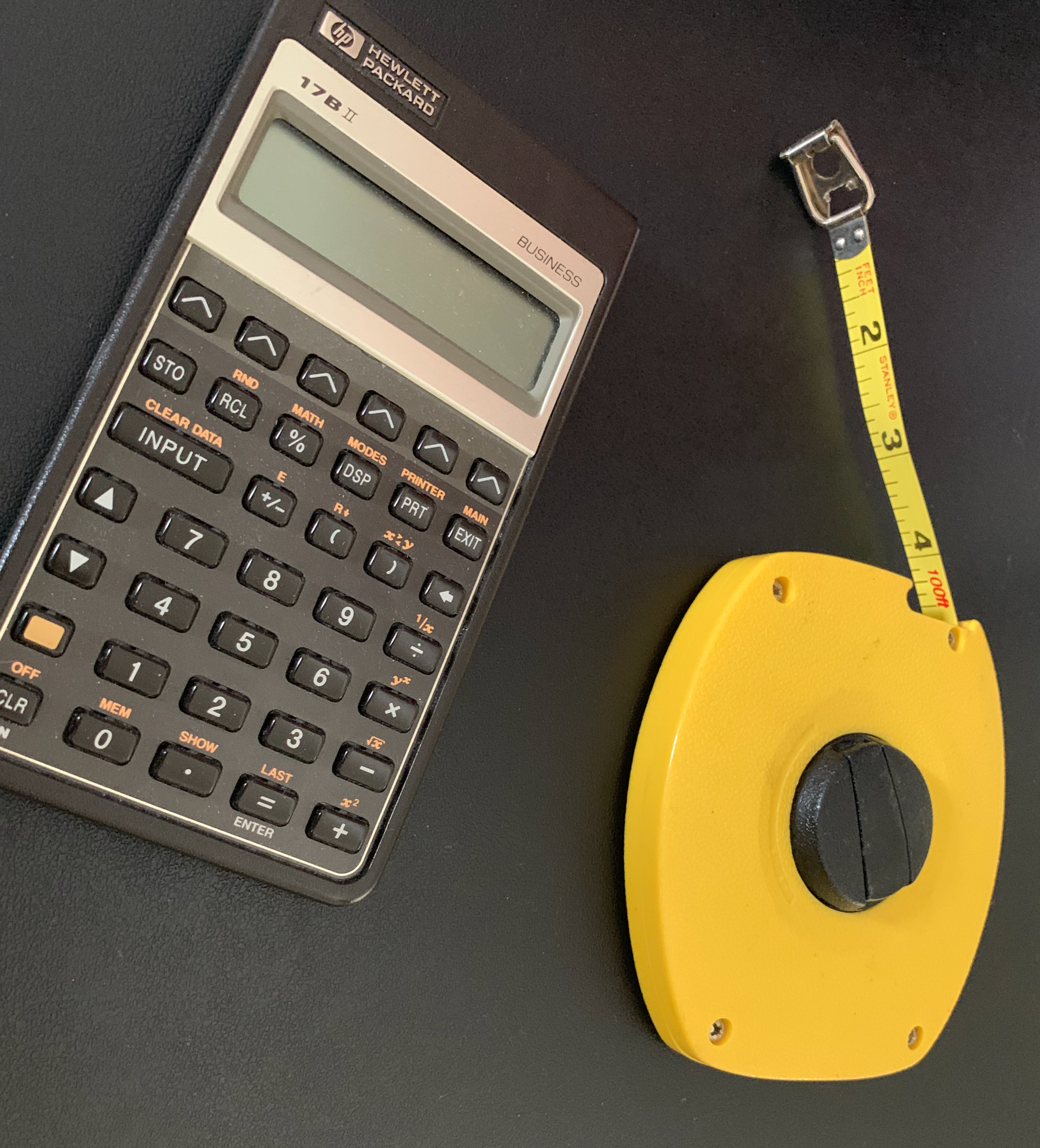
Reader Question: An appraisal killed our home sale. We accepted an offer on our home 45 days ago. The lender just turned down the buyer’s loan because the appraisal was $35,000 lower than the contract price. The buyer had a twenty percent down payment but no extra cash to make up the difference. We had good comparables, and our agent felt we were in the ballpark. How can an appraiser come in so low. When creating an appraisal, what exactly happens?
Monty’s Answer: How an appraisal is created:
- The lender orders the appraisal. The lender hires the appraiser through a third party to prevent collusion between the lender, the borrower, or the appraiser. These third-party companies are called Appraisal Management Companies (AMC’s). Here is a link to learn more about the AMC’s. The appraiser works for the lender, not the borrower. Foreclosures are expensive. The lender needs to ensure themselves and the secondary market (most often federally owned corporations, such as Freddie Mac or Fannie Mae) that the home value is sound.
- The appraiser inspects the home to gather information. What does the sale price include? Age, condition, building materials, and much more must be observed and recorded.
- The appraiser records the facts into an appraisal form. There are different forms for different types of appraisals. Here is a link to the single-family Fannie Mae form. The trained appraiser has access to MLS and assessor data and has studied appraisal theory and techniques. The appraiser must also practice under a seasoned appraiser before appraising without seasoned guidance.
- They analyze all the information about the home and consider three different approaches to value; the cost approach, the income approach, and the market approach. These approaches are considered and weighted based on relevance to the subject. For example, the property location may be where no comparable rentals exist. The fact there are no rentals would mean the income approach is not considered.
- The appraiser may discover a dozen or more potential fits. They make cost adjustments for differences in the features on each comparable. For example, if a comparable has more square footage on the Gross Living Area line, it receives a minus (-) amount to bring it down to the subject. If the comparable is smaller than the subject, it gets the square footage difference amount with a plus(+) to bring it up to the subject. They net-out the pluses and minuses out against that comparable sale price. This juncture is when the task’s art, experience, and science come together with reason and judgment (and without emotion) to pick the final three or four comparables and assign the adjustments on each property.
- Finally, the appraiser must drive by each comparable to confirm the neighborhood and structures are similar.
“An appraisal killed our home sale” is a common expression and these are reasons why. Examples could include your sales comparables being beyond the 12-month limitation, style not comparable, square footage differences to great, and more. Another possibility may be that your agent erred in their comparable choices. The best potential defense you may have is if the appraiser erred in their calculations. Lenders can permit a second appraisal which means more time and expense.
